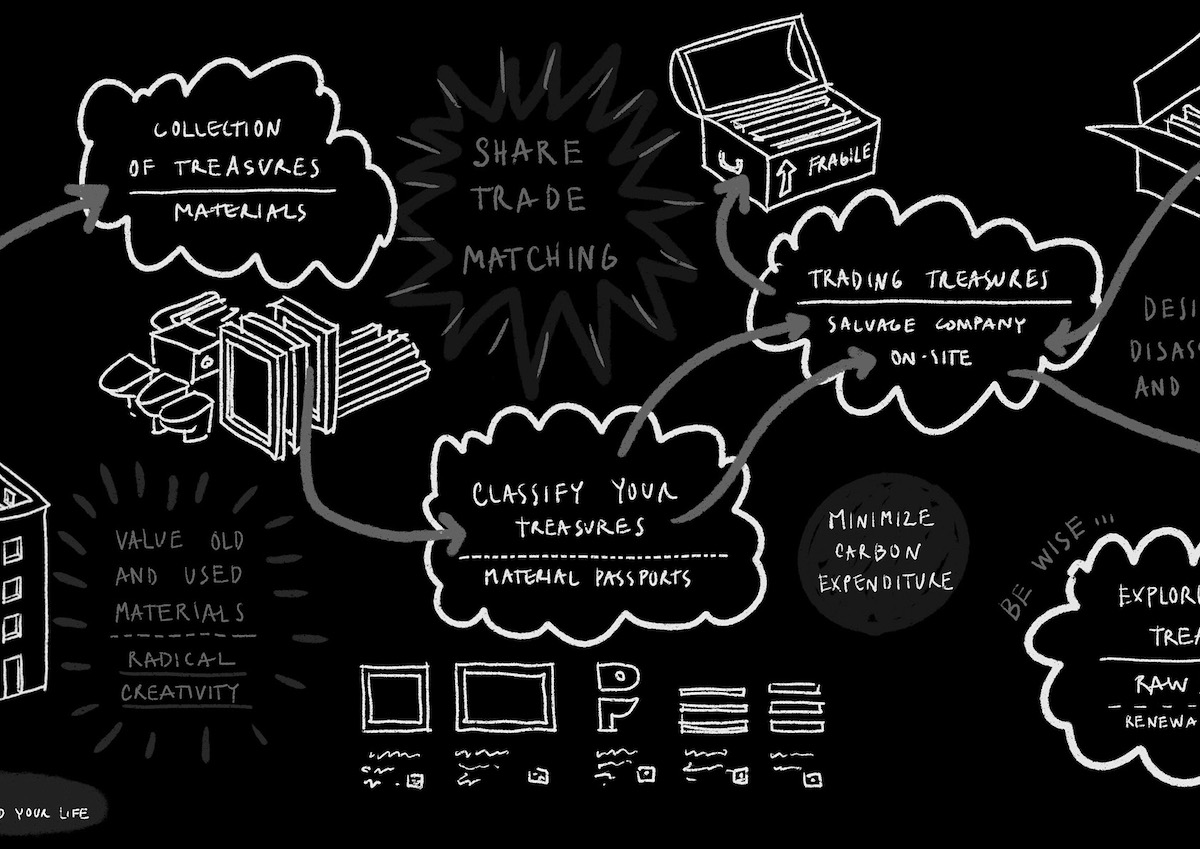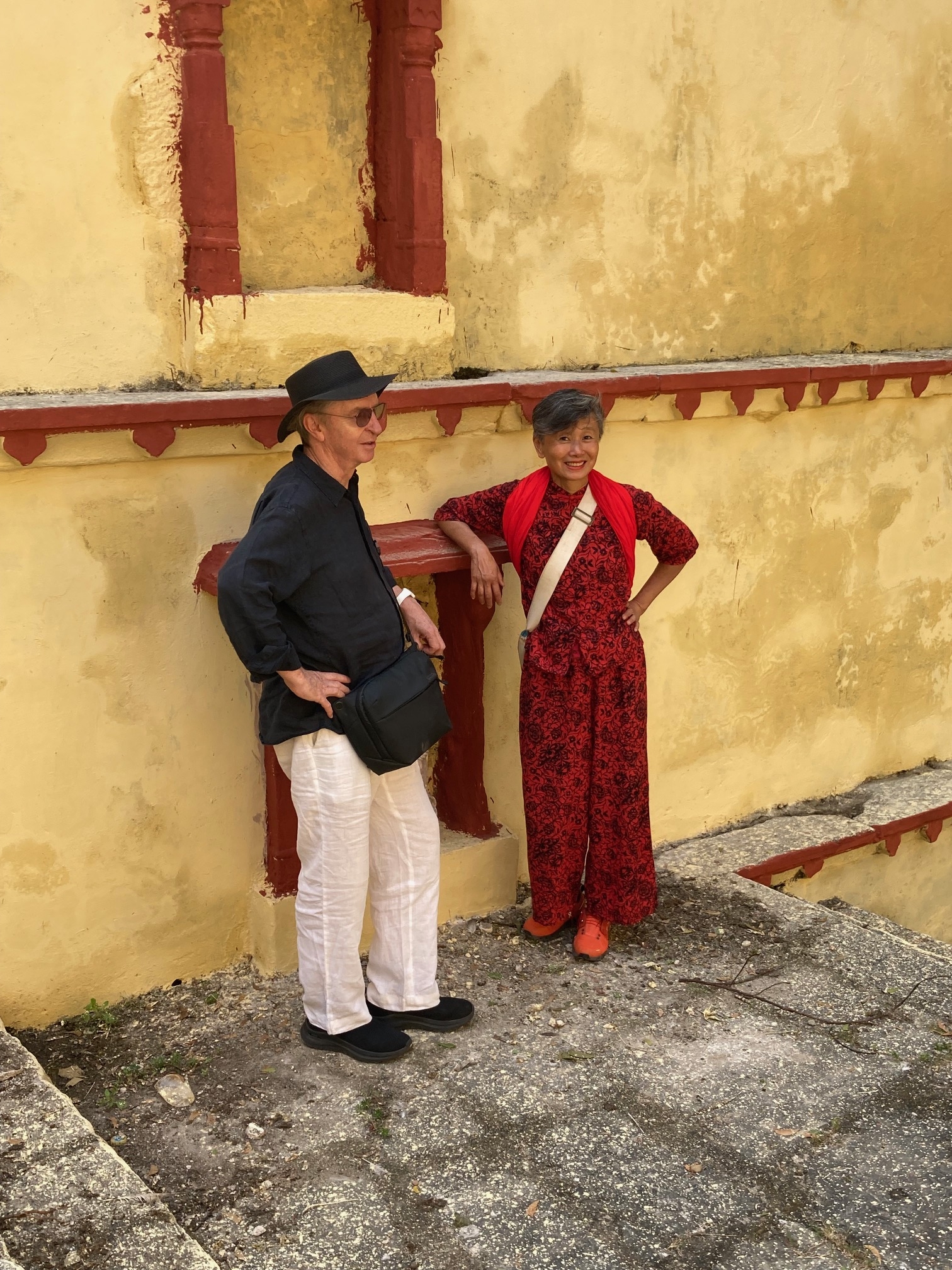With digital events now the norm, Bobby Jewell looks at what this means for practices hoping to host


With Work From Home came the shift online for architectural events, festivals and talks. And although lags, muted microphones, Microsoft Teams’ fortress-like barriers to logging in and – well, everything else going on – has had its drawbacks, the transition has led to a wealth of online content that has changed the nature of architectural discussion, and a lack of geographic barriers provided a lifeline for an industry that often criticises itself for working in silos. So how have architects and organisations reacted to this move online and what does it mean going forward, still in lockdown, and after?
The Architects Climate Action Network, of which I’m a part (and you can be too), has always aimed to empower individuals to feel that their voice and actions matter. This was preserved in its regular Open Meetings, which rejected the passivity of a lecture format in favour of active participation through informal randomly selected breakout groups, where attendees are encouraged to contribute through ‘radical listening’ – listening attentively without interjection. The format was more rigorously enforced at Climate Curriculum Campaign workshops where university tutors brainstormed actionable answers in real time to questions related to lack of teaching on sustainability. Feedback was overwhelmingly positive with tutors commenting at how rarely if ever they had the chance to speak with their peers so easily and immediately.
Above, below: Promotion for and screen view of online events staged by New Architecture Writers.


The relative lack of financial restrictions has also meant a welcome increase in young people putting on events. Shawn Adams, a recent Part II graduate and co-founder of the social enterprise PoOR Collective, participated in Zoom debates with the criticism programme New Architecture Writers, featuring speakers from Ghana, Ethiopia and the USA. This international reach became an unexpected source of inspiration. “Zoom became a second home or retreat from the everyday”, he says, “and importantly a space of solidarity and sharing similar experiences for young designers across the world”.
That sense of community through a camera lens was also commented on by Rosie Gibbs-Stevenson, curator at the Architecture Foundation, whose marathon ‘100 Day Studio’ series presented three online events every weekday for three months, and was one of the most diverse and reassuringly present platforms in the architectural diary this year. She notes that “the hierarchy between the speaker and listener is flattened; the barriers to access such as proximity, money and time are removed, and without the pressure of ticket sales, we were free to explore new formats and subjects. Giving space to topics that – pre-pandemic – may have been perceived as niche, has demonstrated that the audience for that content is there, and it is broader and more dynamic than we could have ever hoped”.
Virtual conference environment and gallery designed by Space Popular for a festival curated by Gonzalo Herrero Delicado for the Arquia Foundation.
With online events now the norm the market is crowded, but with few barriers to entry many practices are hosting their own. What should they know? First, don’t worry about numbers through the door. That was a concern with almost any event in which I was involved before lockdown, and one that architects often tell me puts them off hosting their own events. Yet with the ability to duck in and out, and most talks available for free afterwards, the way content is consumed has changed. It’s freeing that there isn’t so much pressure to fill a room or create something that would exist for one night only.
On the other hand, screen fatigue might be more of an issue over time, especially as people return to home working. It might be necessary to give more thought to ways in which cultural and semi-social events can be distinguished from the regular video calls with which days are filled. The formats adopted by ACAN, described above, are one approach. Another is the kind of virtual environment designed by London-based Space Popular for the online conference Arquia 2020 in early November.
Digital events, workshops and podcasts not only provide immediate marketing material but also perfect excuses to make connections outside your immediate circle. It’s still a difficult time for many, but reaching outside your professional or geographic bubble is a huge positive. Using online events to build and maintain relationships, share knowledge, experiences and peer support shows architecture is more outward looking than it gives itself credit for.



















